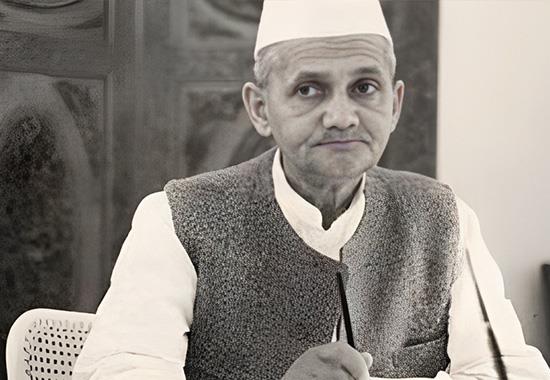Lal Bahadur Shastri, India’s second Prime Minister, continues to captivate our imagination. His sudden passing in Tashkent in 1966 has left behind an enduring mystery. In this exclusive feature, we embark on a journey to shed light on the enigmatic circumstances surrounding Shastri Ji’s demise, delving into the multitude of theories and speculations that have persisted for decades.
A leader of exemplary integrity
Lal Bahadur Shastri's remarkable journey from humble beginnings to the highest political office in India showcases his unwavering commitment to honesty, humility, and dedicated service. His leadership during a pivotal era in the nation's history has earned him enduring reverence.
The Tashkent conference and the tragic night
Shastri Ji's historic journey to Tashkent, Uzbekistan, for the Tashkent Agreement with Pakistan, aimed at quelling post-war conflicts, ended tragically. The night of January 10, 1966, saw a heart attack that sent shockwaves across the nation.
Immediate aftermath and public grief
The sudden loss of Shastri Ji led to an outpouring of grief and disbelief throughout India. Questions arose about the circumstances leading to his death, leaving the nation seeking answers.
Controversy and conspiracy theories
Numerous conspiracy theories emerged post-Shastri Ji's death. Some speculated foul play, while others raised concerns about his health and the medical treatment he received in Tashkent.
The official account
The official account maintains that Shastri Ji's death resulted from natural causes, specifically a heart attack, stunning the nation and prompting collective mourning.
Role of international relations
Shastri Ji's untimely demise unfolded amidst delicate diplomatic negotiations with Pakistan. The implications of his passing on peace talks and India's diplomatic stance were topics of intense speculation.
Also Read: Who is Nathuram Godse: unraveling the enigma behind Gandhi’s assassin
The Tashkent agreement
The Tashkent Agreement, inked by Lal Bahadur Shastri and Pakistan’s President Ayub Khan, marked a pivotal moment in India's foreign policy, aiming to diffuse tensions and foster lasting peace.
Persistent calls for investigations
Over the years, calls for a thorough inquiry into Shastri Ji's death have persevered. Individuals and organizations have demanded transparency and clarity concerning the events leading to that fateful night.
The Justice Mukherjee commission
In 2009, the Indian government established the Justice Mukherjee Commission to probe the circumstances of Shastri Ji's death. The commission suggested that poisoning could not be ruled out but lacked concrete evidence.
Cinematic depictions rekindling interest
Shastri Ji's life and the mystery surrounding his death have inspired filmmakers. "The Tashkent Files," directed by Vivek Agnihotri, delves into the conspiracy theories, sparking renewed discussions.
"The Tashkent Files"
"The Tashkent Files" ignited fresh conversations about Lal Bahadur Shastri's death, rekindling public interest and curiosity.
A timeless legacy
Despite the mysteries surrounding his demise, Lal Bahadur Shastri's legacy as a leader of integrity and simplicity continues to inspire generations of Indians. His contributions to the nation's progress remain an integral part of India's history.
Conclusion: In pursuit of truth
As the enigma of Lal Bahadur Shastri's death endures, so does the nation's relentless pursuit of truth and clarity. The mystery of that fateful night in Tashkent remains an evocative chapter in India's history, prompting ongoing dialogues and explorations into the life and passing of a leader who etched an indelible mark on the nation.
